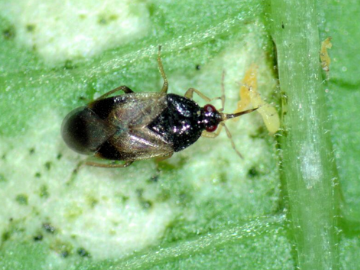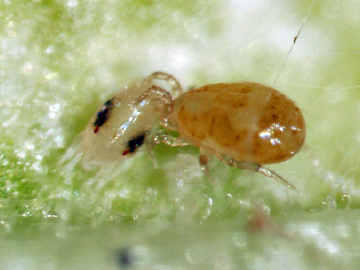Tackling Chemical Resistance in Whitefly, Mites, Thrips and Cabbage Moth
Friday, November 30, 2018
Resistance to insecticides is fast becoming an increasing problem. The release of new chemical products has reduced over the last decade and growers are becoming more aware of the need to adopt IPM strategies to overcome pest issues.
We are seeing/hearing reports from many regions that pesticides for whitefly, mites, thrips and cabbage moths just aren’t working as well as they have in the past. However with good management practices, it is possible to reduce the risk of outbreaks, control your pests well, and only use the available chemicals when absolutely necessary.
1. Farm hygiene. Look for signs of pests on host weeds on your property. Controlling these weeds will avoid attracting pests to your farm and prevent them from finding their way to your crops. Think about encouraging plants that do not host your pests and are useful for attracting
beneficial insects.
2. Look for more resistant plants. Consider the selection of crop varieties that are naturally less susceptible to the effects of pests, virus and disease.
3. In greenhouse situations, improving screening can reduce and potentially stop pests from coming inside.
4. Monitoring for early signs of pests and beneficials can allow you to make informed decisions on whether pests need control or not. This can avoid regular calendar-based spray rotations.
5. Incorporate beneficial insects and mites into your program early. The longer the pests can stay suppressed, the less chemical you’ll require.
6. Go easy on the pesticides. Overuse leads to resistance so we recommend using pesticides only when you need to so chemicals will remain useful for years to come, and you won’t run out of options. Where possible, use chemicals that are safe to beneficials and only target the pest you have a problem with.
If you’re finding that pests in your crops are becoming more difficult to control with the chemicals you’re using, talk to your local consultant or email us to learn more about how we can tailor an IPM program for you.


Images from left to right: Cucumeris attacking Thrips Larvae, Encarsia Parasiting Whitefly, Orius attacking Thrips, Californicus attacking TSM.





